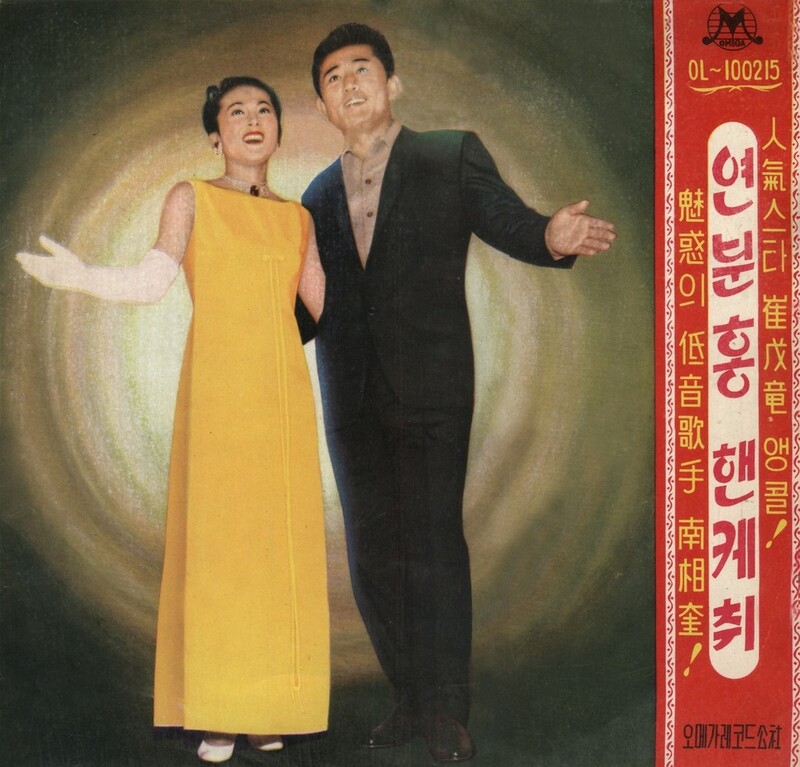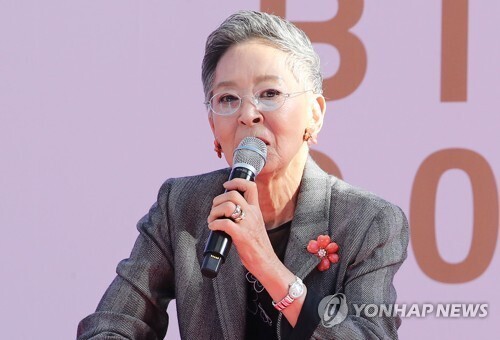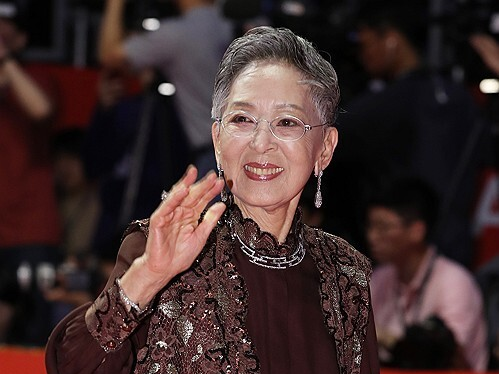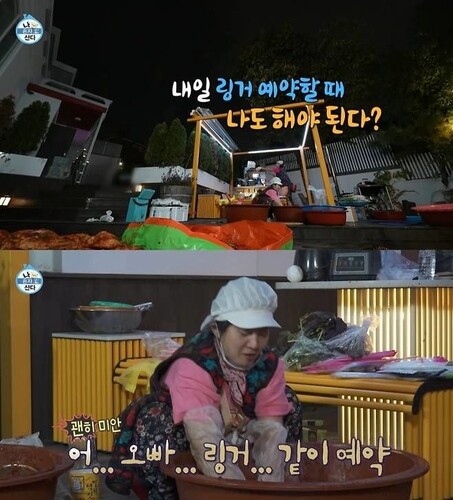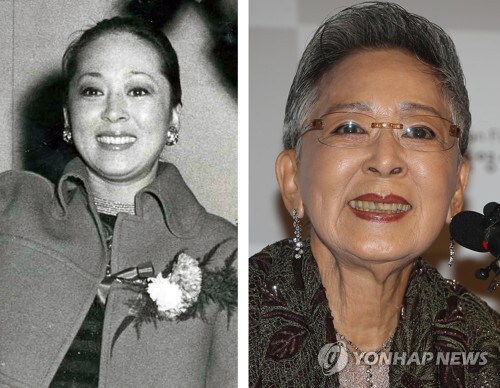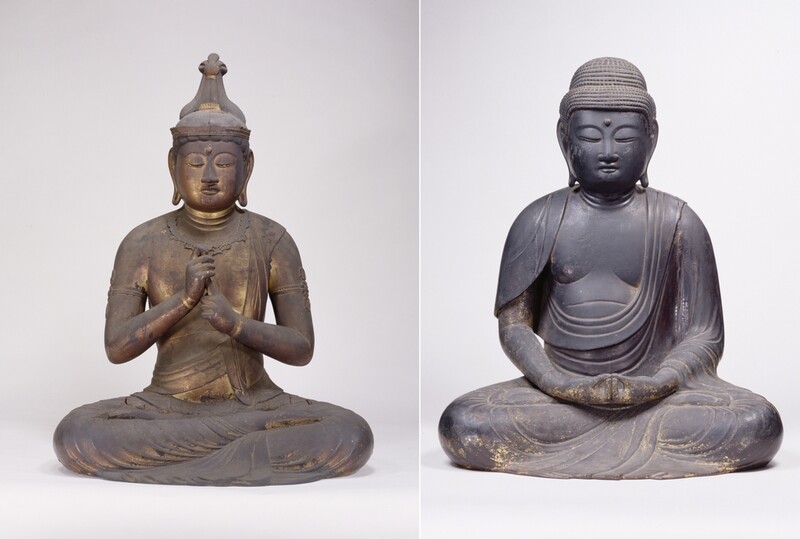 |
| ▲ This photo, provided by the National Museum of Korea, shows the Wooden Seated Vairocana (left) and the Wooden Seated Amitabha (right). (PHOTO NOT FOR SALE) (Yonhap) |
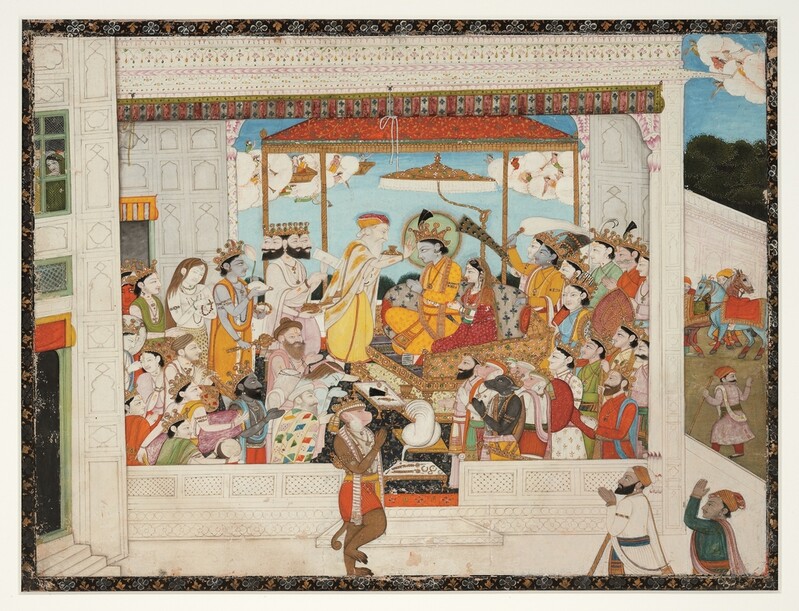 |
| ▲ This photo, provided by the National Museum of Korea, shows the story of Ramayana. (PHOTO NOT FOR SALE) (Yonhap) |
SEOUL, Apr. 4 (Yonhap) -- The National Museum of Korea announced on the 4th that five Japanese Buddhist sculptures from the Tokyo National Museum will be specially revealed in the Japanese Room of the World Cultural Center on the 3rd floor of the exhibition room from the 5th.
The Japanese Buddhist sculptures, which will be on display until October 9th of next year are estimated to have been made in the 12th to 13th century. The 12th century "Wooden Standing Amitabha" and the 13th century "Wooden Seated Amitabha" will also be on display.
Japanese Buddhism is said to have emerged independently from the Chinese and Korean influences from the 9th century.
An official from the National Museum of Korea said, "One will be able to see the unique Japanese Buddhist sculptures that shows the characteristics of esoteric Buddhism which seeks to attain enlightenment through spells and rituals, Pure Land Buddhism which prays for rebirth in the pure land and Shinbutsu-shūgō (syncretism of kami and buddhasm), which shows the combination of Japanese and Buddhism."
As the spring comes, the National Museum of Korea will also be replacing some of the exhibits in the Japanese and Southeast Asian rooms.
In the Japanese room, art works including "Yugyeosuchado," which translates to a folding screen with a willow tree and a watermill drawn, is depicted through a drawing with a scene under the bridge over the flowing Uji River, an ink landscape painting that portrays the spring landscape, and a colored painting "The Fifty-three Stations of the Tōkaidō" which shows the journey from Edo (Tokyo) to Kyoto will be on display.
In the Southeast Asia Room, one will be able to see Indian's representative epic painting on the theme of "Ramayana" and Buddhist sculptures from Tibet and Nepal from the 14th to 15th centuries.
(This article is translated from Korean to English by Haemin Kim.)
(END)
(C) Yonhap News Agency. All Rights Reserved







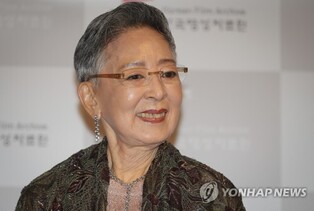

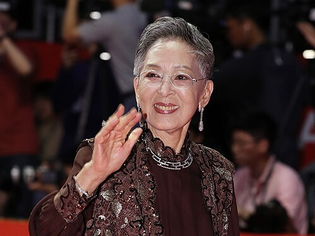
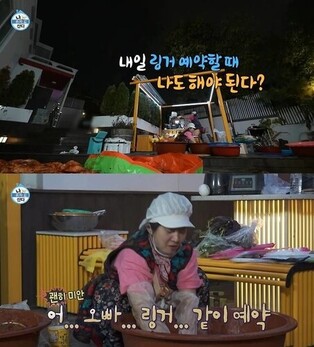
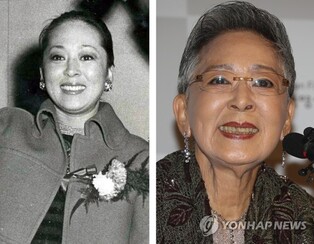
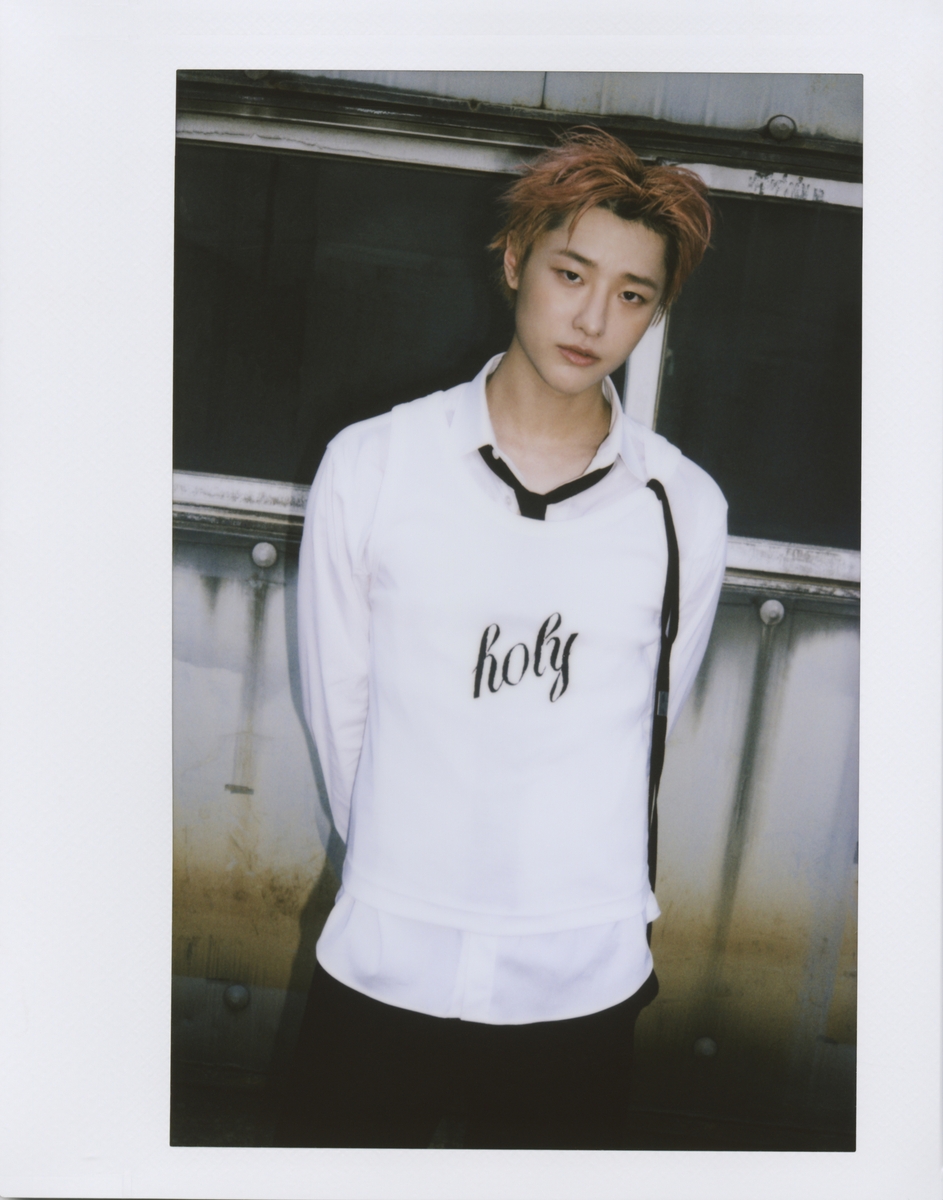
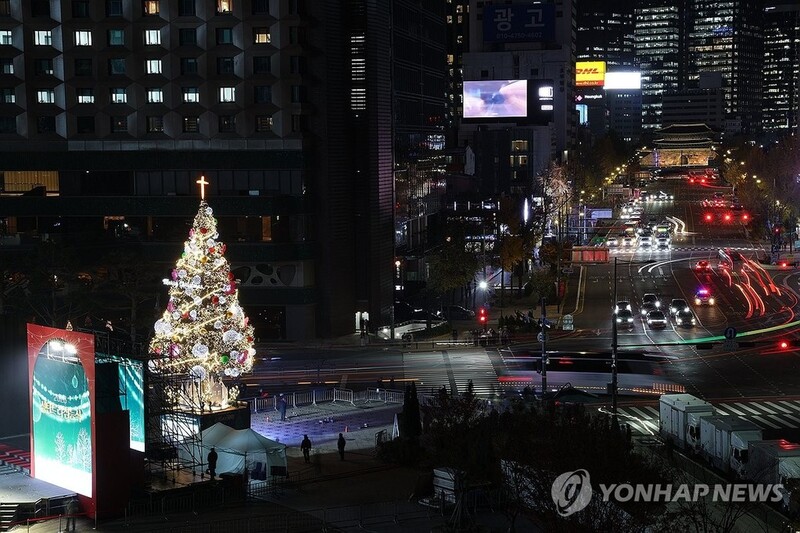

![[가요소식] 10대 싱어송라이터 민서, 데뷔 싱글 '미로'](https://korean-vibe.com/news/data/20251211/yna1065624915952705_742.jpg)
